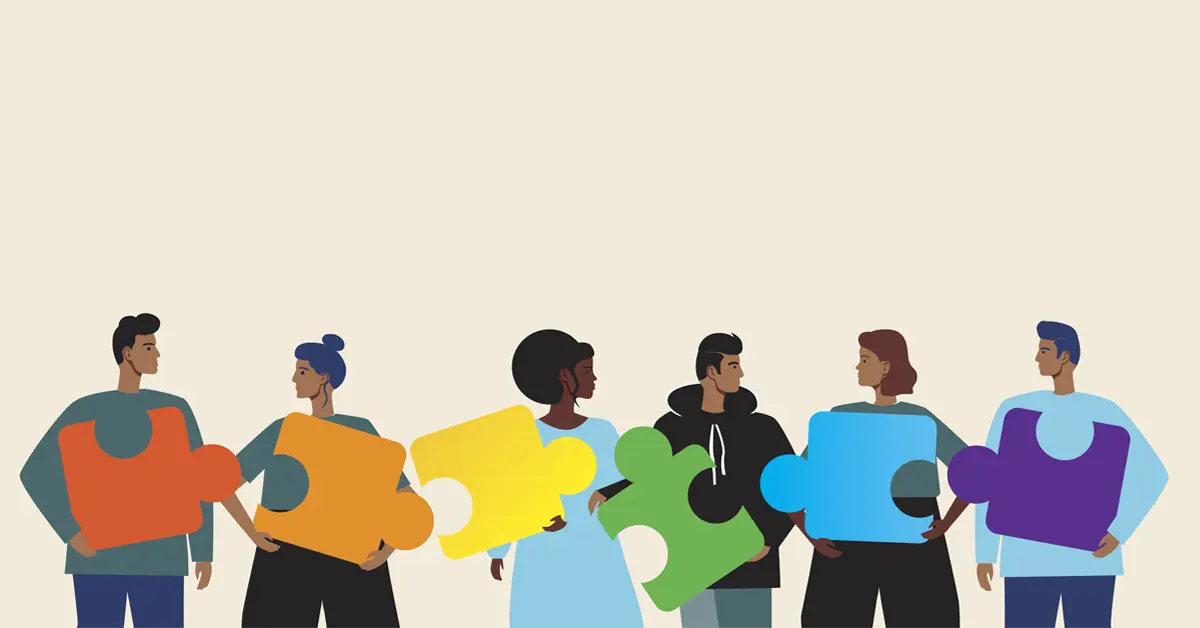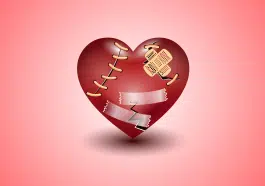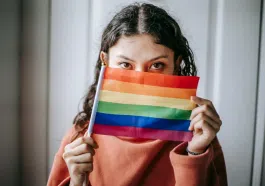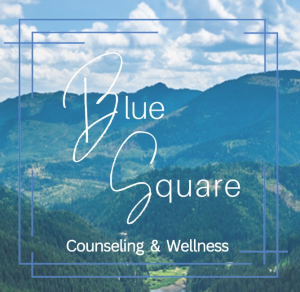For this series in our LGBTQ+ acronym post, we talk about the letter “B” for bisexuality. Bisexuality is a sexual orientation that has some stigma associated with it. For one, not all people think it’s a valid sexual identity. Many misconceptions like it only being a phase or to pick a team cause harm to those who are bisexual. Bisexuality is a real identity and orientation, and it is essential to understand it.
A Definition of Bisexuality
Simply put, bisexuality is:
of, relating to, or characterized by sexual or romantic attraction to people of one’s same-sex and of the opposite sex
also : of, relating to, or characterized by sexual or romantic attraction to people of one’s own gender identity and of other gender identities.
According to a recent statistic from UCLA Williams Institute, bisexual people comprise more than half of the LGBTQ+ population. So why do people think that bisexuality is not a real orientation? Many myths perpetuate this idea and wrongly portray this sexual identity.
Sadly, biphobia, and a lack of accurate representation in the media, create ongoing misconceptions about bisexuality. Bisexual people experience bi-invisibility and bi-negativity within heteronormative and queer communities. This type of discrimination can lead to adverse health outcomes for bisexual individuals.
Knowing What Bisexuality Isn’t
Now that you know some basics about bisexuality, understanding the misconceptions can help improve their lives. One common myth is that bisexual folks need partners of varying genders to be satisfied. This idea leads to false ideas like bisexual people are more unfaithful or sexually active. However, many bisexual people are content being faithful and monogamous.
Another common idea people have about bisexuality is that a person can’t tell if they are if they’ve never been intimate with different genders. It is important to note that bisexuality does not just mean attraction to cisgender men and women. It can also include transgender and gender non-conforming people. In essence, bisexual people can be attracted to all genders.
What Are the Most Significant Challenges?
Bisexual people can experience bi-erasure. This type of discrimination is when bisexual people are categorized as straight if they are with a partner of a different gender. Then if they are partnered with the same gender, they will be considered gay or a lesbian.
For bisexuals who identify as males, they can experience an alarming rate of homophobia from female-identified partners or other people in general. Some people also believe they are just gay and can’t admit to it yet. Female-identifying bisexuals, on the other hand, experience hypersexualization in our society. This objectification is rooted in sexism and misogyny.
Bisexual people can also feel excluded from the queer community. As a result, they feel less supported and more isolated. They can also be pressured to “pick a side” and sexual identity aside from bisexuality. To make matters worse, the media uses stereotypes to represent bisexual individuals, further harming this group.
What Are the Most Common Myths and Misconceptions About Bisexual People?
Being bisexual is a phase.
Arguably the most common myth about bisexuality is that you’re just going through a phase. Some may accuse you of being gay and that you’re trying to hide it. However, this stereotype is wrong because everyone experiences bisexuality differently. Some may always identify this way, while some may identify differently later. All in all, saying that bisexuality is just a phase invalidates many bisexual people’s experiences and leads to bi-erasure.
Bisexuality is a 50/50 split.
Bisexuality does not mean that you are half straight and half gay. It does not necessarily imply that they experience equal attraction to two binary genders. Plus, this notion excludes trans, non-binary, and genderqueer folks from the conversation that bisexual people are interested in romantically. This idea isn’t accurate as bisexuals can be attracted to any gender. Their attraction can shift over time as well.
Bisexual people are attracted to everyone.
Some people may think that bisexual people are attracted to everyone they meet. Think about it this way: not every heterosexual, cisgender man or woman is attracted to every person they know, so why would it be the same for bisexual people?
Many bisexual people, want to be romantically involved with people who celebrate their identity. Since there is so much biphobia out there, bisexuals will generally steer clear of anyone intolerant of their sexual orientation.
Bisexual people are polyamorous.
Many people view bisexual people as more promiscuous, which Is unfounded. That can lead to assuming every bisexual individual is polyamorous. Polyamory is when someone engages in various romantic partnerships with their consent. While anyone of any identity can enjoy being poly, saying that all bisexuals are polyamorous is a myth that further stigmatizes bisexuality.
You’re straight if you date someone of a different gender.
Many people grapple with being “bi enough.”
If you are in a heterosexual seeming relationship, people may assume that you are straight. However, being in a relationship with someone of a different gender doesn’t mean that you are no longer bisexual.
Even though some folks will think that a bisexual person has picked aside, it is much more complex. Bisexual people are still bisexual, no matter what kind of relationship they are in, and it is essential to affirm their identities.
Is Bisexuality Fluid?
You may be wondering – if you come out as bisexual, do you always have to identify this way? Sexuality can be fluid and change over time – if you no longer identify as bisexual, it has happened to many people.
When you learn more about your sexual identity over time, you may identify differently. That’s part of the questioning process.
No matter what, you don’t have to feel shame as your sexuality changes throughout time. Learning more about yourself is always a positive experience, and it is perfectly healthy to reflect upon your identity and what feels authentic to you. You don’t have to stick with any definition that doesn’t apply to you. Exploring what bisexuality means to you can be a life-changing process. As long as you don’t hurt yourself or others through this exploration of sexuality, you can uncover what bisexuality means to you.
Including Bisexuality in the Conversation
Now that you know some basics of what bisexuality is and what this group faces, you can continue to learn about this sexual orientation. By educating yourself, you can help create better outcomes for bisexual people and their mental wellbeing.















